By Chris Dumm
The Marlin Model 39 claimed to be the oldest continually-produced cartridge rifle in history. Its parent design was born during the unexceptional presidency of Benjamin Harrison, whose bust never even made it onto the Mount Rushmore Commemorative Paperweight. Unlike that former Commander-In-Chief, this 19th Century Fox was blessed with what sales and marketing types like to call ‘legs.’ Legs so long, in fact, that it’s still still a perennial favorite here in the 21st Century.
Does it deserve it? You bet it does.
Overview
This particular Marlin Model 39 is a lever-action .22 rimfire rifle, manufactured by Marlin between 1921 and 1937.
 It has a 24″ fully octagonal barrel, a color-blued receiver, and a tube magazine that holds 16, maybe 17 rounds of .22 Long Rifle. The sighting apparatus is a beaded front post and a drift-adjustable semi-buckhorn rear with an elevation ramp. Like most .22 lever-actions it will also feed and fire .22 Short and Long cartridges.
It has a 24″ fully octagonal barrel, a color-blued receiver, and a tube magazine that holds 16, maybe 17 rounds of .22 Long Rifle. The sighting apparatus is a beaded front post and a drift-adjustable semi-buckhorn rear with an elevation ramp. Like most .22 lever-actions it will also feed and fire .22 Short and Long cartridges.
History
The Model 39 is descended from the Marlin Model 1891, a solid frame lever-action .22 introduced in…wait for it…1891. The 1891 used the same side loading gate as the Winchester series of lever-actions, but jamming the tiny rimfire rounds through the tiny loading gate proved to be a major pain in the ass and Marlin switched to tube-loading the next year. In keeping with their cryptic product designation codes, Marlin called this slightly-revised design the Model…1892.
Five years later the solid frame was changed to a takedown design which allowed the gun to be separated at the receiver for cleaning and storage, using a nickel for a screwdriver. You’ve probably guessed that this model was called the Model 1897. More minor changes were made in 1921 and the gun was renamed the Model 39, even though it wasn’t 1939 yet. Go figure.
Toward the latter part of the Model 39’s long production run it became apparent that the old bolt design wasn’t strong enough to handle then-modern ‘high-speed’ .22 Long Rifle cartridges. The bolt was redesigned to handle higher pressures and those Model 39s were designated with an “HS” prefix to their serial numbers. Our test gun was such a rifle, happily safe to shoot with any .22LR ammunition ever made.
Only minor changes were made throughout the evolution of the 1891/1892/1897/39/39A design, and most parts and dimensions remained constant from one year (and model) to the next.
The 1897 has as much in common with a late version 39A as a 1980s Gen1 GLOCK has with the latest iteration. It’s not too much of a stretch to say that the 39A had been continuously produced since 1891, although there was a 4-year break in production during WWII. And now, after the Remington bankruptcy and the sale of Marlin to Ruger, .22LR lovers live in hopes of a return of the rimfire lever gun.
Operation
The Model 39 is a little different in operation from a modern rimfire lever-action…which is to say, it’s a little bit better. The despicable cross-bolt safety that has infected most of the lever-gun biosphere (although not the Henry) simply didn’t exist back then, and neither did the awkward and easily-broken tube magazine plunger.
My very first rifle was a Marlin Model 60 semi-automatic. I still own it, but I can’t remember how many times I cringed as the spring-loaded plunger slammed violently into the magazine tube when I tipped the muzzle upwards to load it.
I also dropped it several times, and it’s a minor miracle (not quite the loaves and the fishes, but better than a good card trick) that it still works at all, much less as perfectly as it does.
 The Model 39 is so old-school that they hadn’t invented that kind of silliness yet. Instead of pulling out the plunger with the magazine spring inside it, you press the detent button (above) and pull out the outer magazine tube itself.
The Model 39 is so old-school that they hadn’t invented that kind of silliness yet. Instead of pulling out the plunger with the magazine spring inside it, you press the detent button (above) and pull out the outer magazine tube itself.
When pulled out about 18 inches, the outer tube locks in place, and this reveals an inner magazine tube with the little cartridge-shaped cutout to slip the rounds into. Since the outer tube locks in the ‘open’ position, you can tip up the muzzle without the plunger ramming itself back down, and one-handed loading is suddenly made simple.
While that’s still slower than feeding cartridges through a receiver loading gate, the Model 39’s design is infinitely better than the ‘modern’ (read: cheap) loading design of my Model 60 and of the Model 39As. It doesn’t take two people to load a Model 39! Why do so many modern tube-fed rifles get it so wrong?
The rest of the rifle works exactly the way you’d want a lever-action rifle to work. Once you’ve loaded the tube with sixteen rounds, you’re ready to rack and roll. Unlike modern Marlin triggers, this old-school rifle sports a solid one-piece trigger which will not flop around. It also uses a one-piece firing pin, which makes it more theoretically vulnerable to slam-fires if it’s dropped on its muzzle while loaded. Since I’ve never done this with any firearm, I wasn’t too concerned about it on the Model 39.
Takedown
 With the twist of a nickel, the split receiver opens like a Faberge Egg, revealing the marvelous lockwork of hand-fit Steampunk intricacy.
With the twist of a nickel, the split receiver opens like a Faberge Egg, revealing the marvelous lockwork of hand-fit Steampunk intricacy.
This particular rifle was built between 1937 and 1939, with essentially the same lockwork that Marlin had been using for 30 years. The craftsmen who built this gun knew what they were doing; even almost 85 years later it still fits together and runs like clockwork.
The only exception is the bolt itself, which seems as though it might have been a replacement part, transplanted from another rifle at some point. It doesn’t fit with the same precision that every other part does, but it still fits better than the bolts I saw on new-manufacture Marlin 39As in the bad ol’ Freedom Group days. Ruger seems to have restored the venerable brand to its former glory.
Speaking of fit and finish…
Fit and Finish
You have to give an 85-year-old gun a little slack, especially when it comes to noncritical internal surfaces, blueing and wood-to-metal fit. Those guys didn’t have CNC mills to do the work for them, and fancy coatings like Melonite or nickel-boron were decades in the future. Every cut was measured twice, cut by hand-adjusted machine tools, and detail-fit with files, stones, and emory cloth. Steel came in either white, color case-hardened, or blued.
The blueing on this rifle has held up remarkably well. I’m not a whiz at rating firearm finishes on the NRA scale, but the blued barrel still retains almost all of its original blueing except at the corners.
The color case-hardened receiver hasn’t fared as well, because color hardening doesn’t produce as durable or protective a finish as blueing. The receiver’s finish has dulled to a pleasing satin patina, though, with some patches of minor surface discoloration.
The wood is still in remarkably good shape. Eighty-five years have caused some shrinkage away from the metal in places, but it still boasts a wood-to-metal fit that puts Freedom Group Marlins to shame.
The only jarring ‘character mark’ on the whole rifle is its hard plastic buttplate. It’s a poorly-fitting replacement part that wasn’t made for this rifle. The heel of the buttplate sticks out about 1/4″ proud of the wood of the buttstock itself. It’s a pity, but I wouldn’t dream of having it ‘repaired.’ A gun like this can be ‘restored’ by an expert restorer (more akin to a museum conservator than to a gunsmith) using period parts, but never ‘repaired.’
With this in mind, the quality of workmanship that went into this rifle is excellent. The octagonal barrel facets are true and flat, and the receiver halves mate together like the hand-fit sidelocks of a bespoke English double. All of the moving parts, of course, are slicker and smoother than silvered glass. They’ve been lapping against each other for most of a century, yet somehow they’re still tight and solid.
The lever and trigger are better than those of a heavily-customized race gun like my .357 Magnum Model 1894. The old Marlin is at least the equal of the finest brass-framed lever guns I’ve fired like Henrys and Ubertis, and that’s the highest praise I can give.
The lever works with a smoothness and a nearly silent precision. The trigger offers only minimal takeup, breaks very cleanly at exactly three pounds, and then follows up with a little more overtravel than we’d like to see. Did it affect accuracy? I doubt it.
Accuracy and Function
Feeding and functioning was, well, perfect. The old Marlin fired all the contents of my ‘remainders’ bag of .22 rounds; standard and high-velocity roundnoses, hollowpoints and truncated cones from a half-dozen brands that I fed randomly into the magazine tube. Somehow the point of impact didn’t shift more than a quarter-inch at 30 yards from one mixed round to the next. I’m not sure that’s physically possible, but there it is.
It was also perfectly zeroed, right out of the gun case, with no fiddling whatever. I’m no crack marksmen with iron sights (thanks for my crappy eyesight, law school) but a friend and I discovered that we simply could not miss with this rifle. The trigger was so clean and the handling was so steady that even firing offhand at 50 yards, we rarely missed a tin can or clay pigeon. Or a bottle cap. Or a fragment of a clay pigeon.
Or basically anything. Out to 50 yards, anything big enough to see unaided was big enough to hit with the first round.
Just Plain Fun
A marksman with better eyes than mine could teach more than a few bolt-action target shooters a lesson in accuracy with this rifle, but that’s not really what a lever-action .22 is for. It’s built for small-game hunting, plinking and fun, and for me there may be no .22 rifle in the world that’s more fun than a good lever-action.
How much fun is it? That’s hard to quantify (except perhaps in dollars, laughs, or pints) but we had more of it after running 200 or so rounds through the Marlin than we did after running 400 rounds through my Evil Assault, er, Modern Sporting carbines.
We’d already had a great day shooting (great weather, no malfunctions, and we were both shooting exceptionally well) but the real fun didn’t start until we pulled out the Marlin. After 85 years, it had both of us grinning like idiots and taking offhand potshots at tin cans 75 yards in the distance…and usually hitting them.
You just can’t buy that kind of fun.
Epilogue
No, I really meant it. You can’t buy that kind of fun from Marlin; not today. The virtues of this fine old rifle, sadly, were’t really embodied in the modern Model 39A’s that could be found on the rack at Wal-Mart and today’s Ruger-owned Marlin hasn’t yet worked its restorative magic on any rimfire lever guns.
The clean lines of the Model 39’s receiver were blemished by that ungainly cross-bolt safety in the 39A and had a plasticky look and feel. The bright blued octagonal barrel was a thing of the past, replaced by a round barrel with a rough Dremel tool finish. The receiver halves of modern Model 39A’s didn’t fit together tightly, and the wood-to-metal fit was, well, enough said.
But hope springs eternal. Today’s Ruger-owned Marlin may yet rescue this classic design from its shameful demise. Hope springs eternal, but for now, if you want a good one, you have to get an old one. And if you get the chance to buy one, don’t pass it up.
Specifications:
Caliber: .22LR, .22 Short
Action: Lever
Barrel Length: 24 inches
Overall Length: 40 inches
Weight: 6.5 lbs
Price: Generally in the $600 to $900 range, depending on condition
RATINGS (out of five stars):
Accuracy: * * * *
More accurate than I could hope to be with iron sights. The excellent trigger, long barrel and sight radius make it a marvelous off-hand rifle.
Shooting Ergonomics: * * *
Marlin had handling nailed for 120 years. Loading ergonomics are a different story: ( *1/2). The old-style tubular magazine loading was vastly better then than it is now, but still awkward.
Reliability: * * * * *
It ate my whole bag of leftover .22s and then some.
Aesthetics: * * * * *
The Model 39 had the classic lines of a classic rifle that Marlin should never have changed. I wish mine still had its original buttplate, though.
Overall Rating: * * * * *
How do you ‘rate’ a pre-’64 Model 70? Or a pre-war Colt 1911, or a K98 Mauser? The Marlin Model 39 is one of those designs that helped define what a firearm should be. Somehow the term “classic” doesn’t quite do it justice.

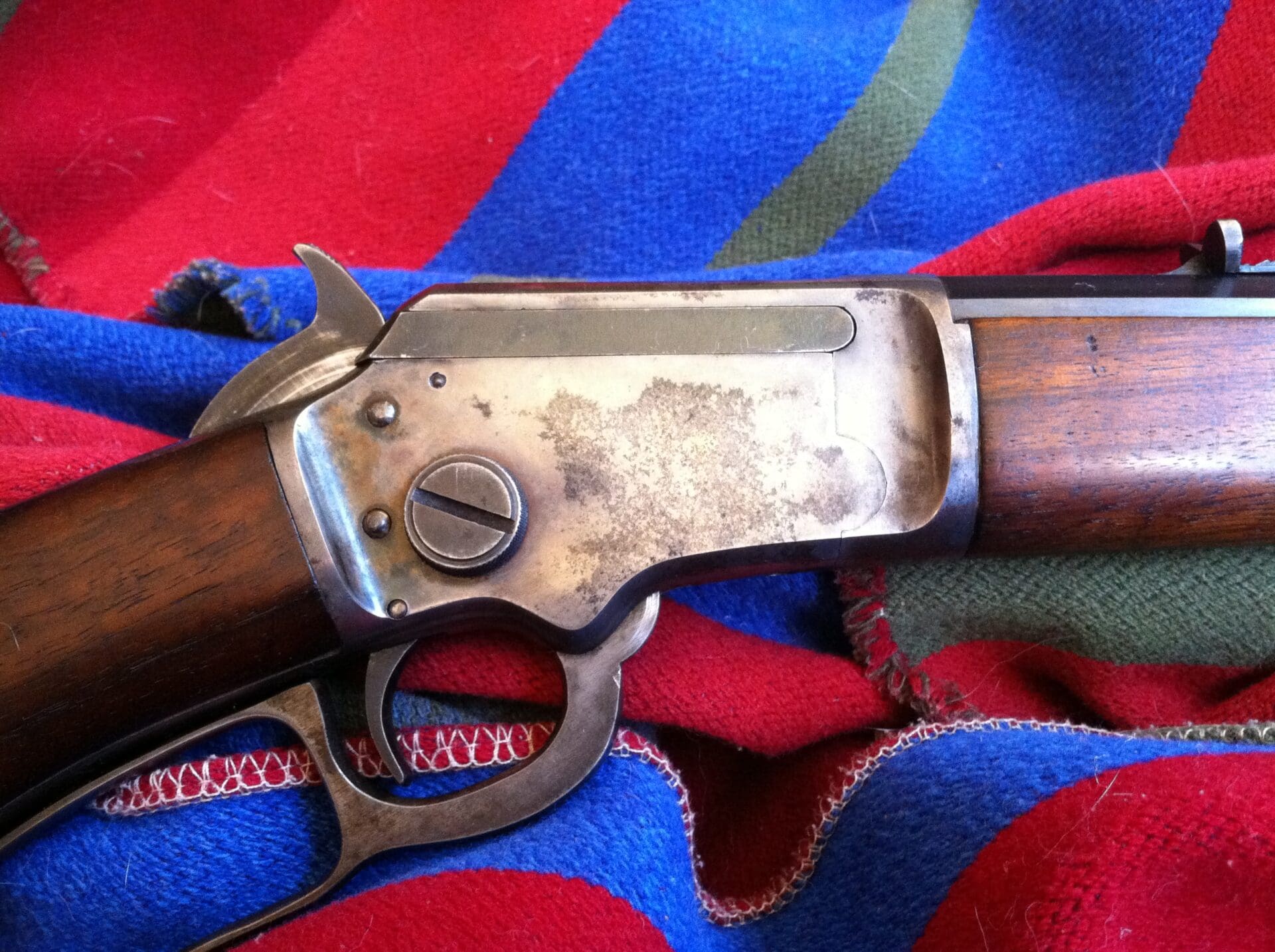
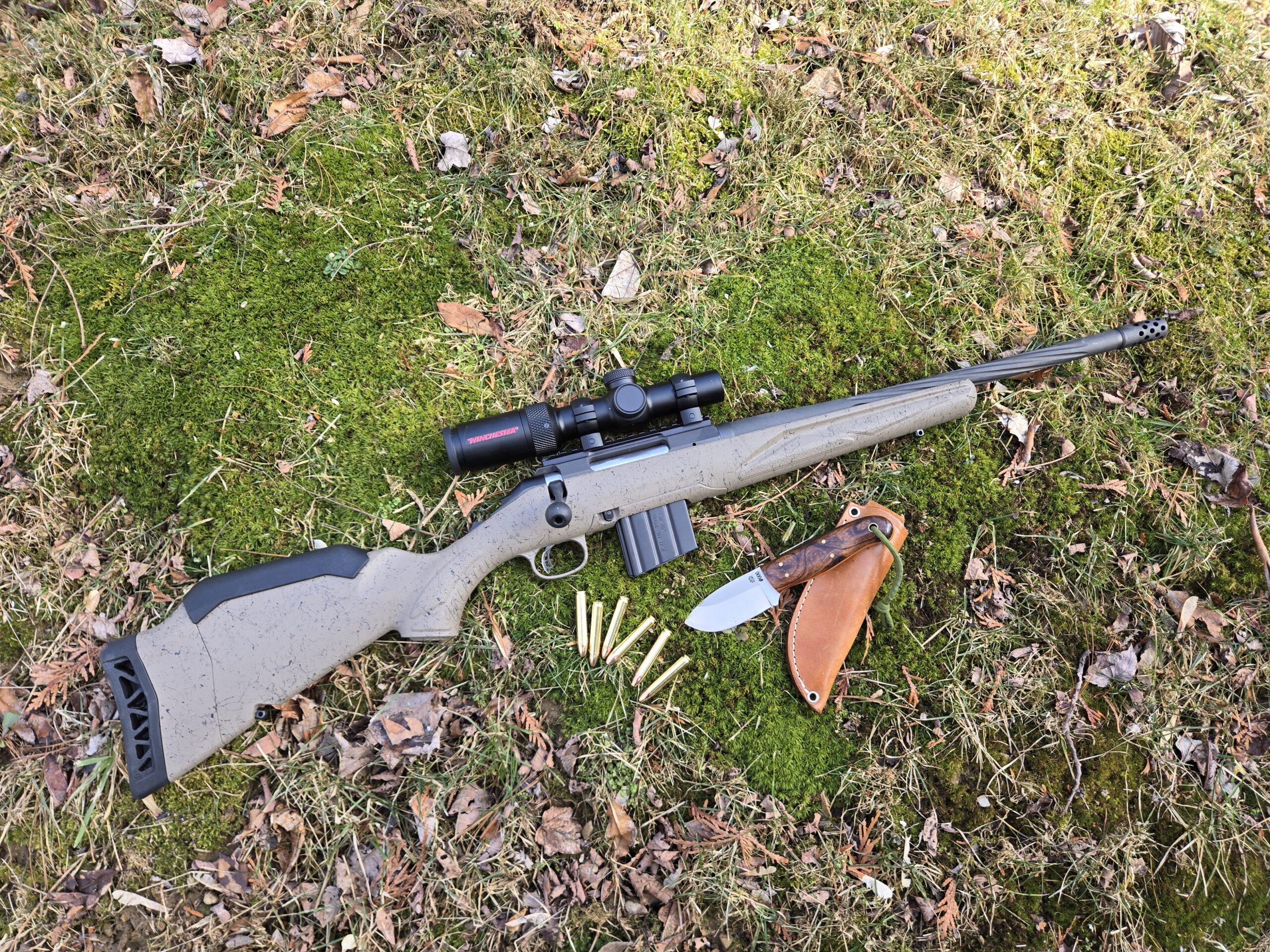
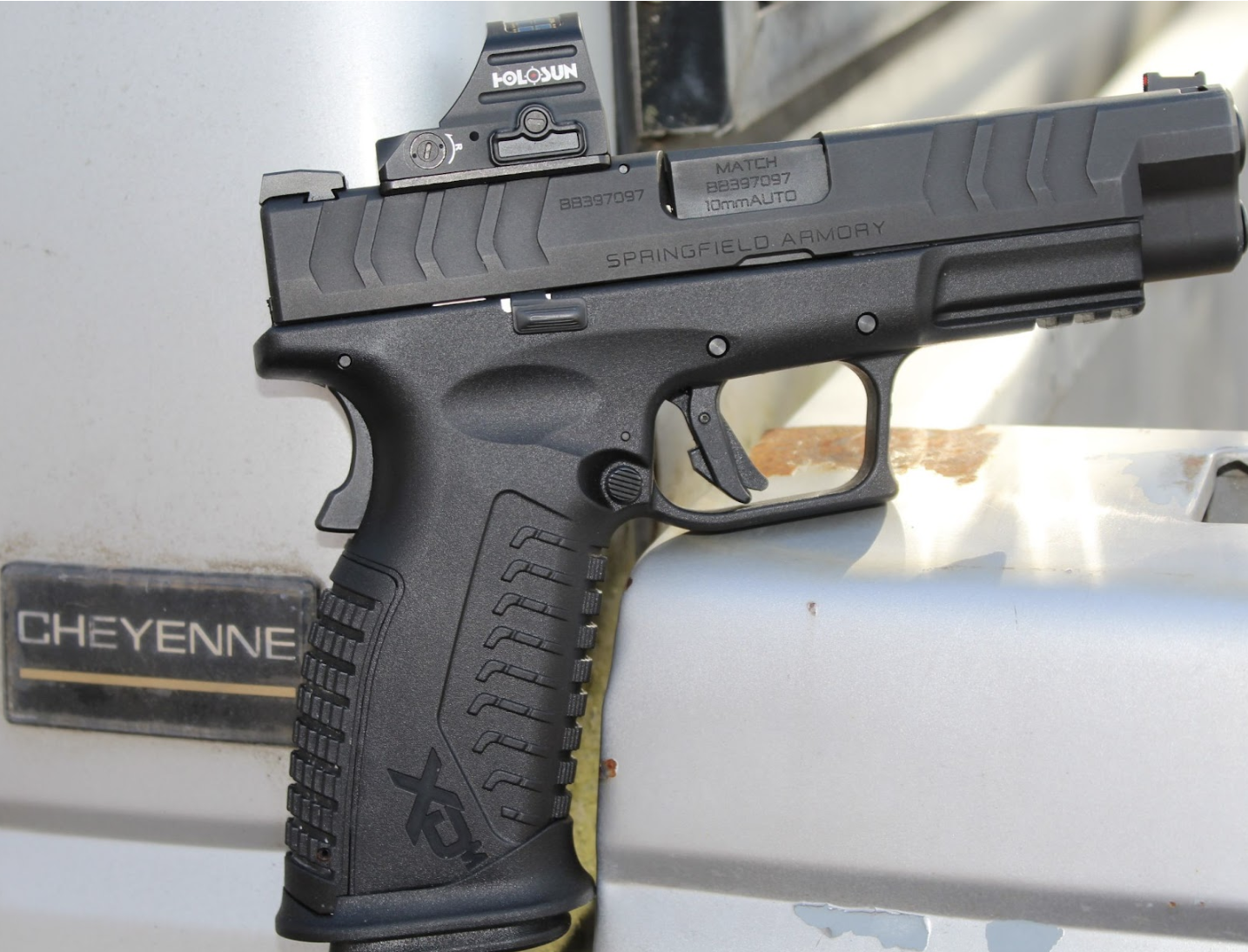
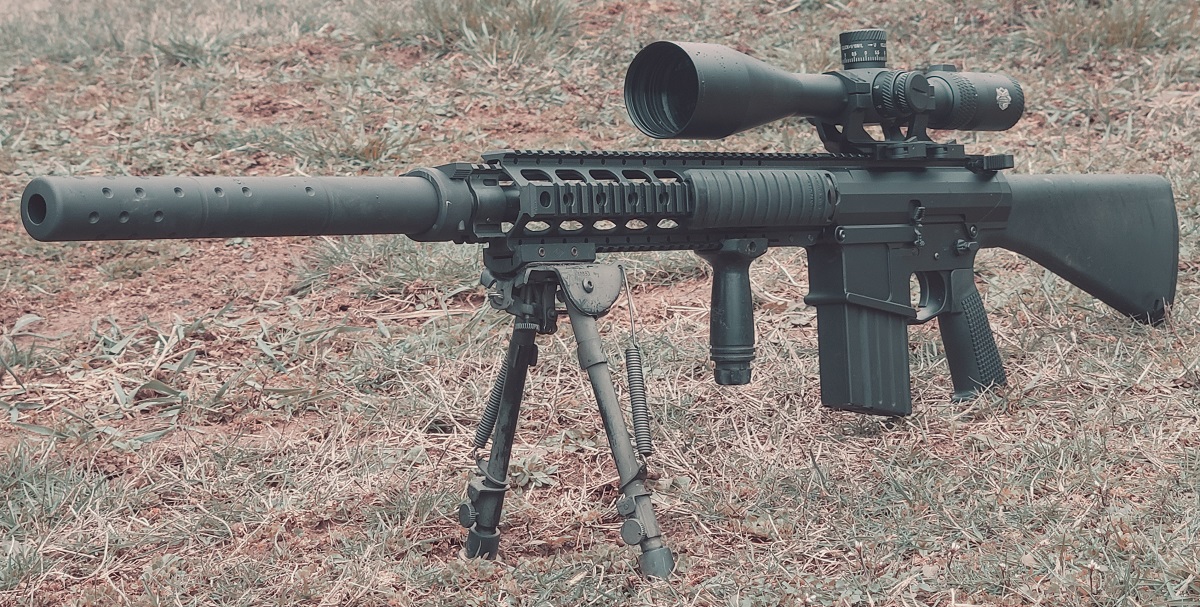
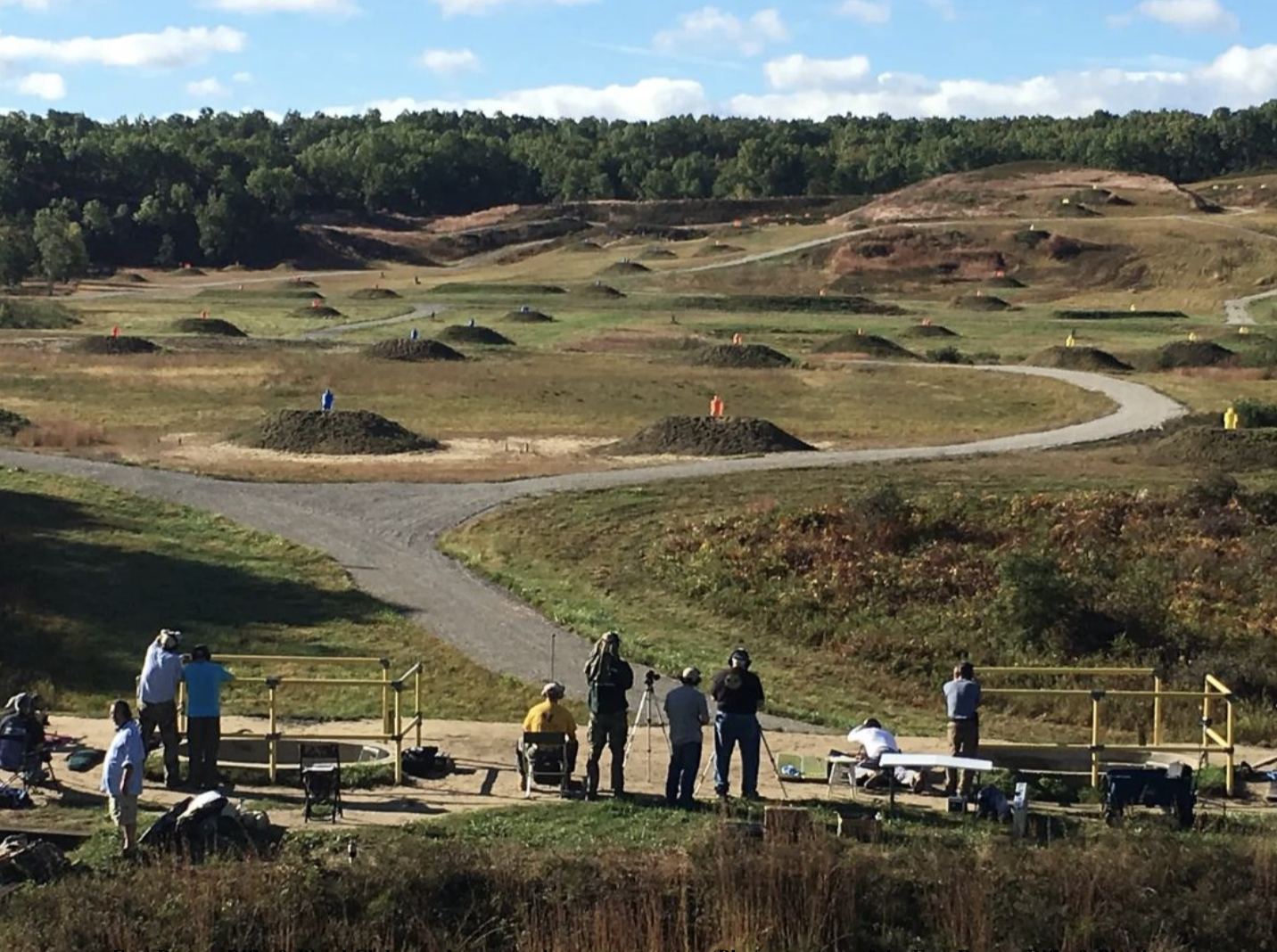



Marlin 39s suck! Really. You do not want one. If you have one, call me immediately. I’ll take it off your hands and save you, and subsequent generations, too much fun. I mean too much…something, but you won’t like a 39. Besides, if you keep buying them you’re just driving up the price for me. I mean everyone that doesn’t really like them, but will buy them. Stay away from 39s!
I really don’t need one butt if Mr Flag doesn’t want it, I’ll take it.
Hush, I’m not sure if you were being facetious. If not, put a Marlin 39 in your safe. I think you’ll be pleased. Never met one that wouldn’t shoot. That take down thing is cool also.
Yes Gadsden I was being facetious. I really don’t have any long guns but I would not turn down a Marlin 39 if given the opportunity. Good to see you back on TTAG, you and 40 Caliber Booger are 2 of my favorites.
maybe if you are really lucky. the last will throw out a bunch in the dumpster.
LGS, not last. damn automisspell.
Yup. 39A’s made in the 1960’s and 1970’s are also excellent. First rifle I ever owned was a 39A that Santa brought me in 1973 when I was a wee lad. Still have it, and it’s still a friggin’ tack driver.
I have a Century 39 Marlin and It’s far and away one of my most favoritest guns I own.
Guys, if you don’t own a Malin 39, of some description, your firearms battery is sucking wind. Really.
I’ll stick with my O. F. Mossberg and Sons Palomino Model 400. It doesn’t have any finicky bits that can go wrong with the disassembly when cleaning.
The trick is to find one at a reasonable price… Do they still exist?
I have one just like it only from 49-50 time frame
Wanna sell it?
What a nice article on a classic .22. How about a regular feature kinda like “I’ve got this old gun” Not too obscure stuff just common items that have stood the test of time. (like me!)
I’m lost at the comments about taking two people to load a 39A.
I got a 39A when I was 12 and it is easy to load. Push down and twist and pull up the liner to expose the loading port. I loaded it with 26 shorts for maximum fun and squirrel control. I even have one the cool loaders from the 80s that dumps straight in the loading in a second.
I’ve shot many 39s and some have a better trigger than my 39A. But mine is dandy. I shot silhouette with it in college and did win a few. Marlin MicroGroove barrels are phenomenally accurate.
My kids will have to decide who get the 39A and who gets the Winchester 62. Either way they win because both provide a million dollars worth of fun.
God bless John Mahlon Marlin. I sure hope Ruger brings back the 39.
I am a lucky man. I have an octagonal barrel one from probably the 30s, will check when I get home. And another from the 50s. They both shoot like laser beams. I once thought about selling the old one until my son was smarter than I expected. He said Dad, sell anything else but don’t sell those lever guns!
I have it’s grandfather, the Model ’97 in .22, take down, hexagon barrel.
Left to me by my Grandfather.
I grew up shooting a 39A (still have it). Fit and finish isn’t like the article describes (almost can’t see the seams), and no cross-bolt safety to boot.
Round barrel, though… 🙁
As others have said, tack driver…
Jeff Cooper may not have been the final word on firearms, but he was a fan of the 39, quote:
“We all agree that every proper household must contain a 22. A rural household should properly have two such. …. If a repeater [rifle] is selected, my first choice would be for the classic Marlin 39 levergun, in a short-barrel version. Prewar production is preferable, both for quality of workmanship and absence of the questionable cross-bolt “safety”. Any of the good bolt-action repeaters should do fully as well, but the levergun is a touch neater.”
mountocean, I met Col. Cooper in 1999. He autographed a lot of his books for me. I don’t recall Col. Cooper’s remarks on the 39, but they don’t suprise me. I’ve used one around the homestead for years. A proper period Marlin will give service for generations.
I have one that was willed to me, made in ’27 or ’28. It has almost zero finish left on the wood or metal and was let rust at some point and appears to have been removed with steel wool. The buttplate is cracked in half and was ” repaired ” with two extra screws drilled in. I can only guess how much small game was taken with it (some probably illegally during ” the Hard Times “) to feed nine kids. Still shoots good though, and I wouldn’t sell it at any price.
I helped a lady dispose of her late husbands firearms. She said which do you think is the best
I said well it’s not worth the most but I like that 39
She said it’s yours
I shot it last summer and put at least 21 shorts in it. What a blast. The only unfortunate thing is they drilled a scope
Mount on the receiver. I uninstalled it but have I think 4 small holes
Not gonna sell it.
Pre- 1986 NFA? Can’t we convert the lever to full auto!
Great model and a piece of collection! I’m a guns passionate here in Dubai and it is hard to collect such a masterpiece.
My Golden 39A I inherited from my late Mother is still shooting straight and without fail no matter how I load it. It currently has a PA scope on it with the killer drop compensation reticle and outshoots bolt action models from CZ to Savage out to 200 yards. It’s taken game of er, all sorts in lean times in the Texas Hill Country and I’m sure my kids and grandkids will be C happy to inherit it. Now that Ruger has returned the 1894 in bc 45-70 to the lineup I’m hoping Rimfires will also return.
I got my first rifle in the early ’70’s It was a house fire reclaimed 39 made in the 60’s. $65 cash was a lot of money back then, but I could hit anything I aimed at, and shot enough to wear the extractor off to where I now need to get it to a gunsmith to replace it. It is still my favorite rifle, and I have several. Maybe it reminds me of two kids heading out for adventure with a pocketful of ammo and 2 rifles in the back of a ’67 Mustang Convertible. Ahh, the good times…